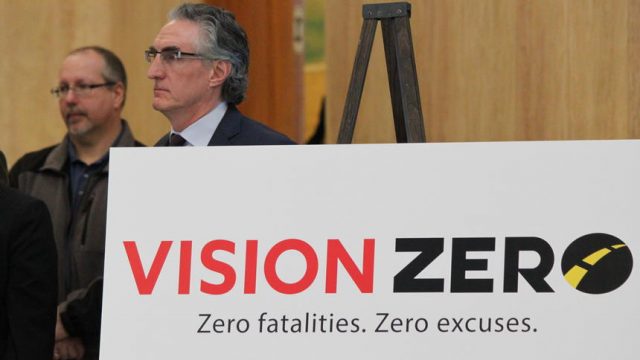North Dakota Does Not Need Primary Enforcement for Seat Belt Use

Yesterday Governor Doug Burgum voiced unequivocal support for making North Dakota’s seat belt law a primary enforcement law.
Currently the law is a secondary enforcement offense. Which means the cops can only ticket you for not wearing your seat belt if they’ve already pulled you over for something else.
Lawmakers, though, are skeptical of primary enforcement. “I can’t imagine not wearing a seat belt, but at the same time I just don’t like seeing government rule everybody’s lives,” state Senator Lonnie Laffen, a Republican from Grand Forks, told my colleague John Hageman.
North Dakota does routinely have one of the lowest rates of seat belt use in the nation. In 2016 only 10 states and U.S. territories had a lower rate of seat belt use than North Dakota did according to the NHTSA. The rate of seat belt use in North Dakota was 82.8 percent that year, under the national average of 90.1 percent.
Still, North Dakota’s rate has been improving steadily over the years. As this chart I compiled from NHTSA data shows, we’ve seen a nearly 30 percent improvement in seat belt use from 2004 to 2016 (the last year for which data is available:

Based on this data, I’m opposed to the State of North Dakota implementing a primary enforcement policy for seat belt use.
Here’s my reasoning.
Wearing your seat belt is absolutely a good idea. There’s no question about that. But people – Americans in general and North Dakotans in particular – have an obstinate streak to them. They don’t like to be forced to do things.
As the chart above shows, North Dakota has already been making significant progress toward increased seat belt use. Why mess with that trend? Why do something which might provoke backlash from citizens who don’t like the idea of the cops having yet another excuse to pull them over and write them a ticket?
If we want more North Dakotans to chose to wear their seat belts, why do something which might tick a lot of them off?
There’s probably a reason why some studies have found that the implementation of primary enforcement laws in the states has had little impact, if any, on reducing traffic fatalities. “There’s no evidence that these laws are reducing fatalities,” said Sam Harper, an associate professor at McGill University, according to an article by the Pew Charitable Trusts. He’s basing that on a study, published in the American Journal of Preventive Medicine, which he co-authored. It looked at data from 2000 to 2014 in states that upgraded seat belt enforcement from a secondary to a primary offense.
It’s absolutely true that the rate of seat belt use in primary offense states is higher than in secondary offense states – 92 percent versus 83 percent – but that’s beside the point. Changing the law in North Dakota could very well upset the progress we’ve made toward increased seat belt use.
We’re better off inspiring North Dakotans to make a choice to wear their seat belts because they understand that it makes them safer than we are trying to force them to do so.
Choice is usually a better path for public policy than force.




